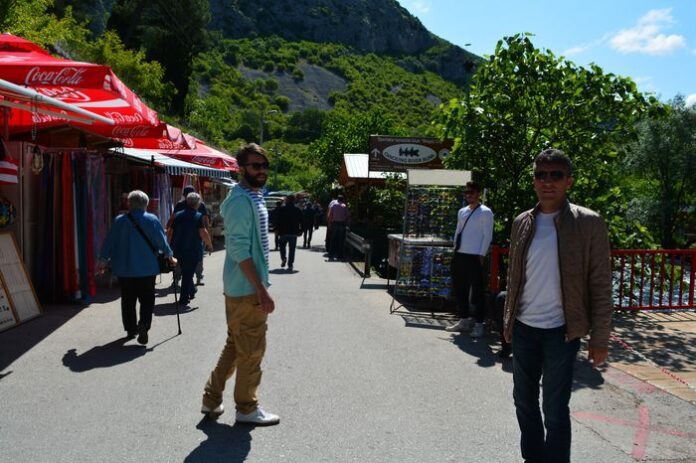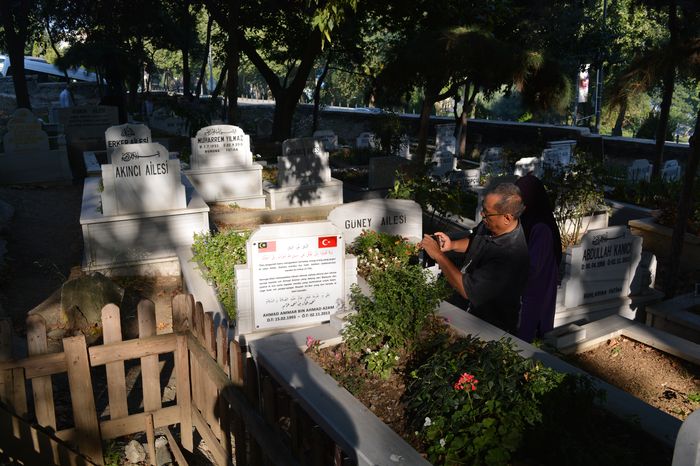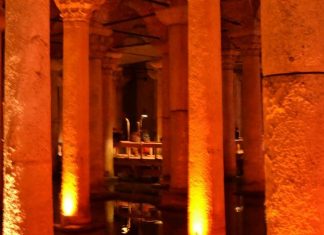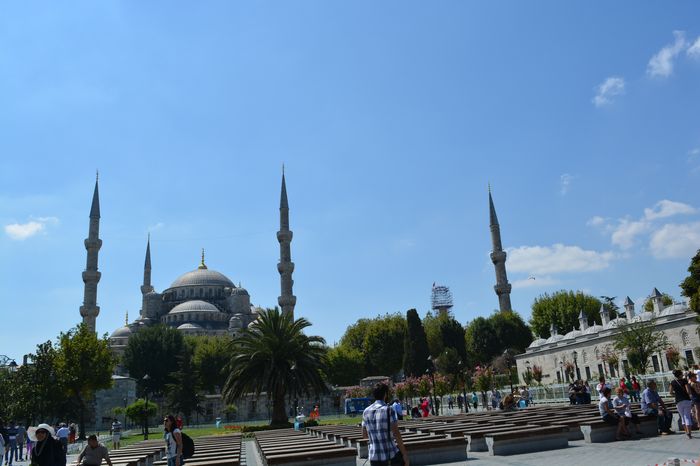A Latin inscription carved into the Inner Wall of Constantinople reads:
“PORTARUM VALID[O] FIRMAVIT LIMINE MUROS, PUSAEUS MAGNO NON MINOR ANTHEMIO.”
This can be roughly translated as:
“Pusaeus, not less great than Anthemius, strengthened the walls with strong gateposts.”
Although the exact date of this inscription is uncertain, several clues suggest it is from an early period. These include:
The use of Latin, which was more common in early Byzantine times. The Gothic-style letter D in the word “valido.” A reference to Anthemius, a Roman general and statesman who helped build the Theodosian Walls. The location of the inscription on the Inner Wall.
All of this points to a time not long after the original construction of the Theodosian Walls.
Who Was Pusaeus?
The name Pusaeus appears in Roman history. The most well-known figure with that name was consul in the year 467, during the reign of Emperor Leo I. This Pusaeus may have overseen repairs or reinforcements to the gates not long after the walls were built. However, there could have been another person with that name who lived earlier Repairs on the Theodosian Walls.
Earthquakes and Damage to the Walls
Earthquake of 578
A major earthquake in the year 578, during Emperor Zeno’s reign, caused serious damage to the Inner Wall (Greek: τὸ ἔσω τεῖχος). Unfortunately, we have no surviving records that describe the repairs made afterward.
Earthquakes During Justinian’s Reign
The reign of Emperor Justinian the Great (527–565) also saw frequent earthquakes, which damaged the walls several times:
In 542 and 554, especially near the Golden Gate.
In 558, both the old Constantinian Walls and the newer Theodosian Walls were badly shaken. The worst damage was again between the Golden Gate and the Porta Rhousiou.
The destruction was so severe that Justinian refused to wear his crown for 30 days as a sign of mourning.
Repairs Under Justin II
An inscription on the Gate Rhousiou records that the Outer Wall was restored during the reign of Emperor Justin II (565–578). Although we don’t know what triggered these repairs, it’s likely they were needed because the walls were nearly 100 years old and made with less durable materials.
The inscription mentions:
Empress Sophia, who was known for supporting public building projects. Two officials in charge of the repairs: Narses and Stephen. Stephen is otherwise unknown.
Narses held two important offices: Spatharius (sword-bearer) and Sacellarius (treasurer).
He also supervised the restoration of the Harbour of Julian.
Later, he was sent to negotiate with the Avars to stop their siege of Sirmium, but the ship carrying the funds was wrecked, and Narses, deeply distressed, fell ill and died City Tours Sofia.
The inscription honoring Emperor Justin II celebrated his effort in restoring the city’s defenses and ensuring that the famous walls of Constantinople remained strong for future generations.







